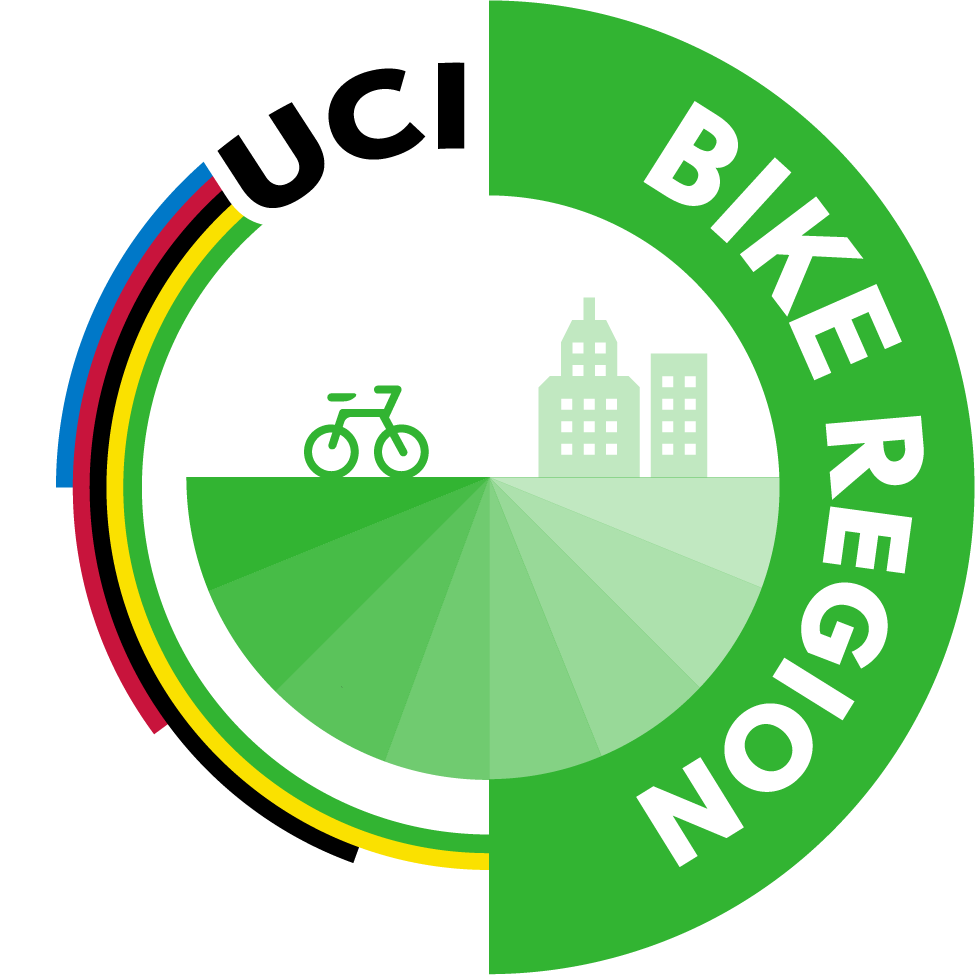The province of Drenthe regards good and safe accessibility as an important condition for the desired spatial, economic and social development of the Province of Drenthe. The road safety plan Drenthe 2011-2020 (sustainable safety) is aimed at prevention or, if not possible, at least on reduction of traffic-related injuries and death. The plan is based on an integrated approach of: ‘people’, ‘vehicles’ and ‘roads’. Road and vehicle reflect the possibilities and should offer as much protection as possible. People need to be well prepared for traffic participation through training. Human behaviour is undoubtedly the most important factor with regard to the cause of accidents.
Safety
Bicycle education and training
Cycling is healthy, fun and convenient. But cyclists are vulnerable road users. Information, education and training aimed at safe cycling behaviour is therefore very important. The authorities in Drenthe facilitate (in cooperation with VVN, the Cyclists’ Federation, the ANWB, the Police and many other public and commercial parties) an extensive Behavioural Influencing Programme for Traffic Safety. Within that programme, safe cycling has an important place.
Theoretical and practical lessons teach children and adolescents (at schools), new cyclists (at Asylum Seekers Centres etc.), the elderly and others to cycle safely and responsibly when participating in traffic.
From basic skills (stepping on, braking, manoeuvring, cycling and at the same time keeping an eye on traffic) to follow-up skills (safe on the Ebike): all will be addressed. From classroom to Asylum Seekers Centre; from cycling lessons on the playground to a cycling course for the elderly on the E-bike; from theory and practice to the train-the-trainer; from education about the safely equipped bicycle to Bike Inspection; from teaching about and testing traffic rules to brainstorming about more bicycle-safe behaviour.
All kinds of intervention methods are used: from book to theatre; from practice in the square or on the street to brochures; from simulation to campaign; from Traffic Market to brainstorming sessions.
We also use mass media campaigns (local TV, public signs and screens, social media), such as the extensive Bicycle Illumination campaign last October and the Bicycle Mode campaign (smartphone offline on bicycles) last spring.
Such campaigns and other information are also used to ensure that other road users take greater account of vulnerable cyclists.
For a more extensive overview, see: http://www.veiligbereikbaardrenthe.nl/veilig-gedrag/onderwijs (In Dutch)
